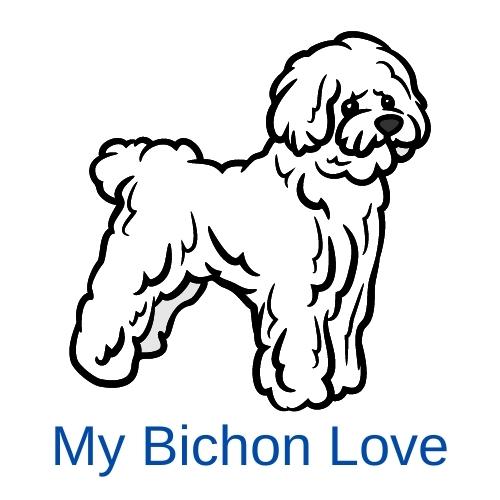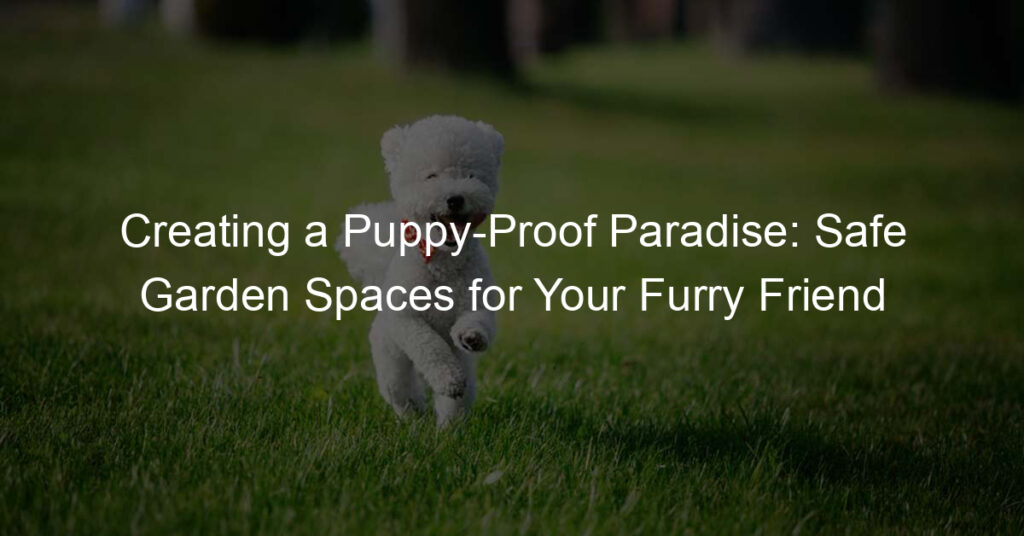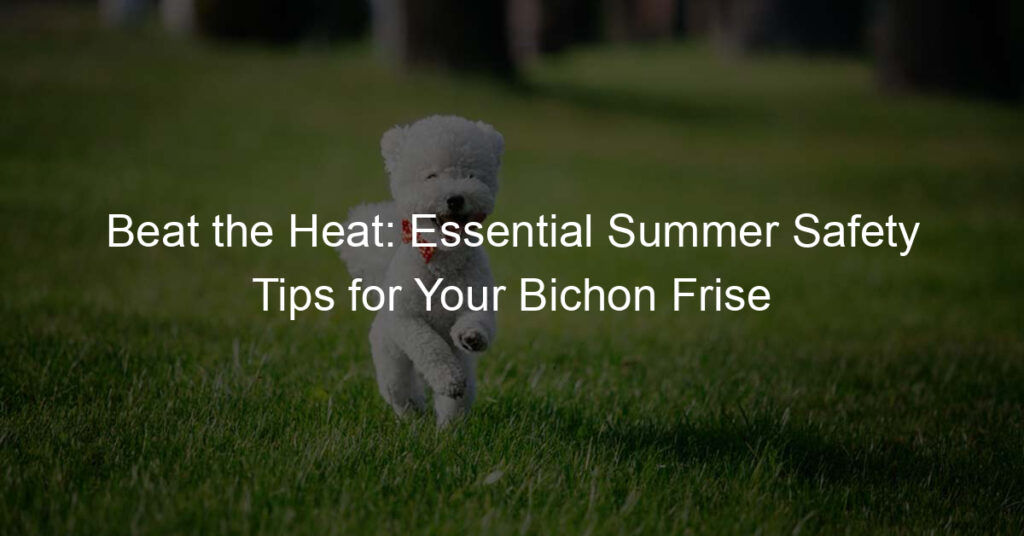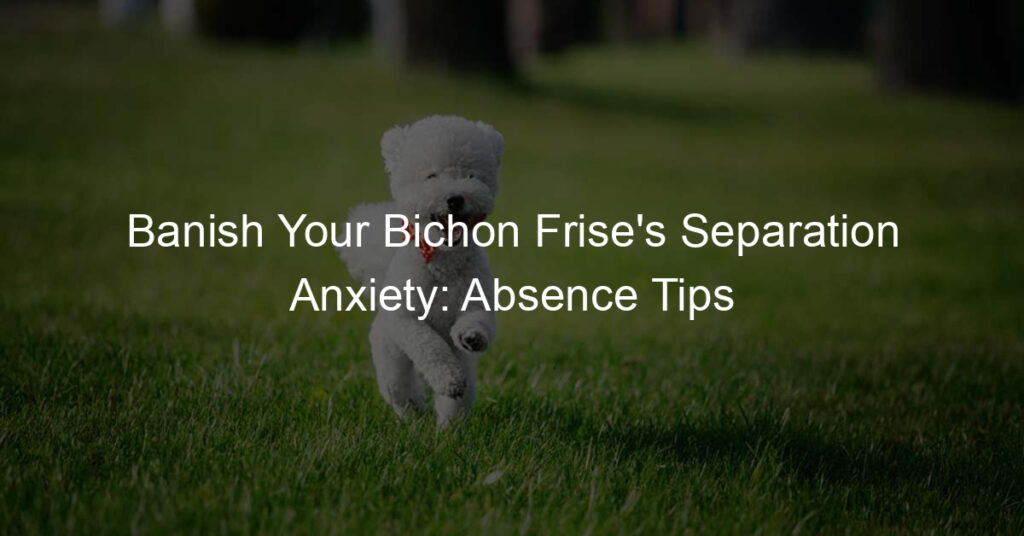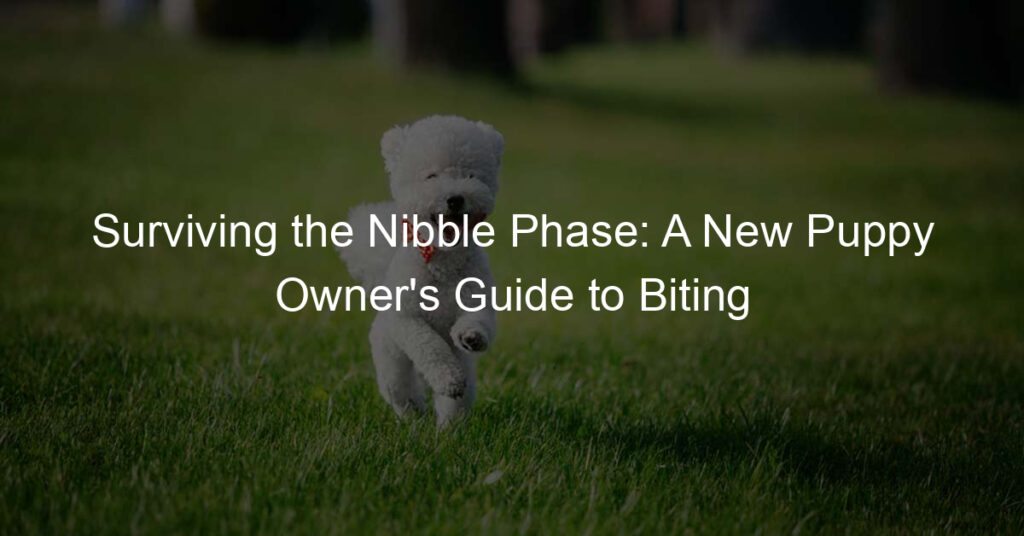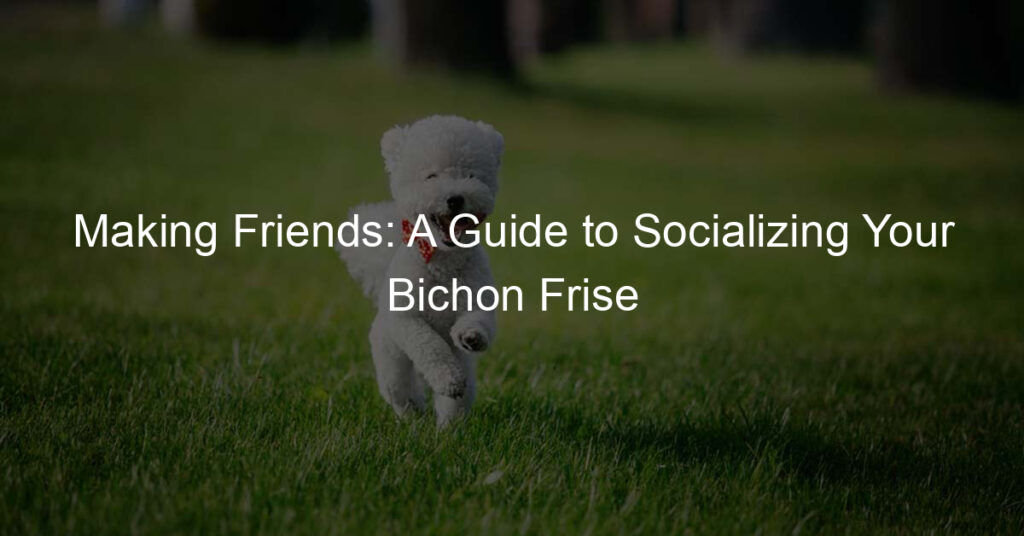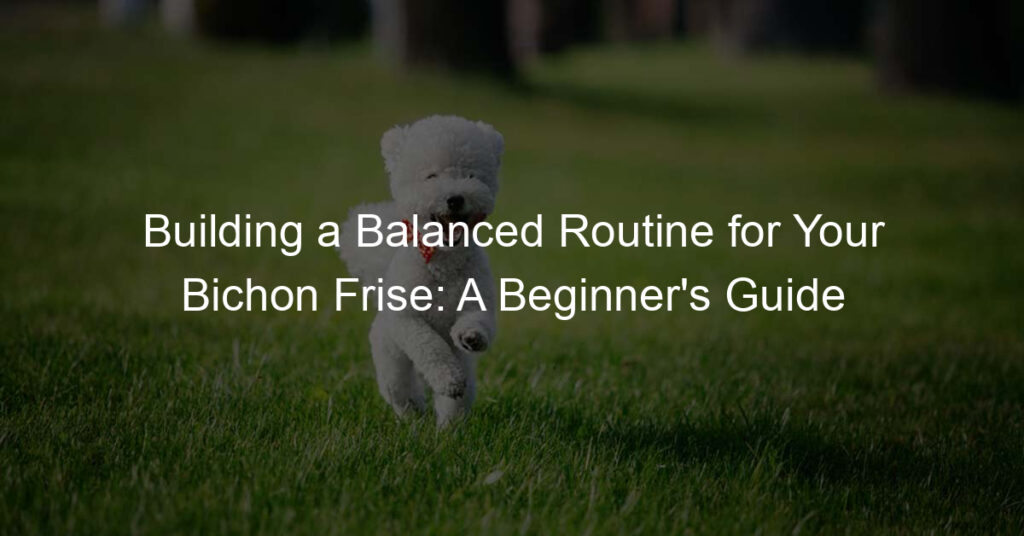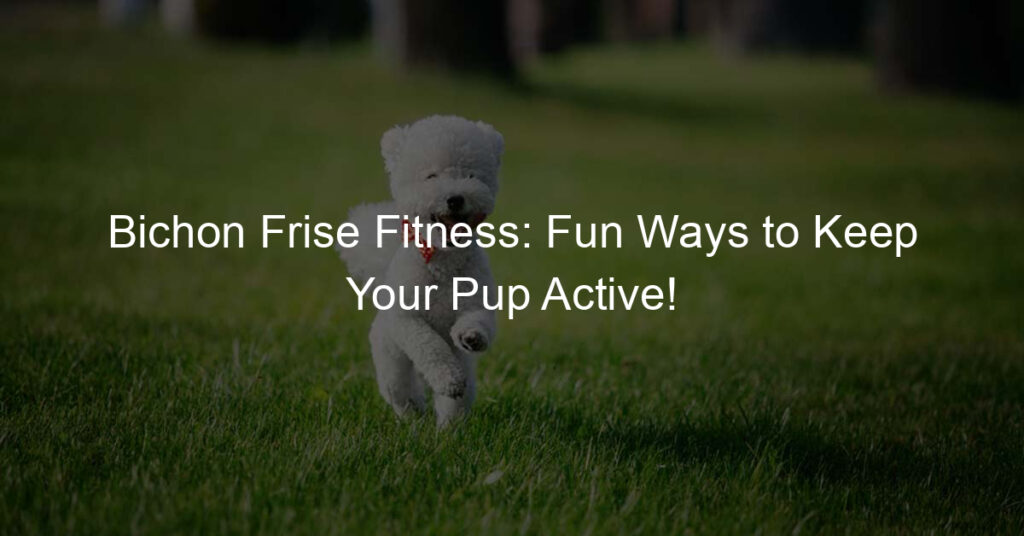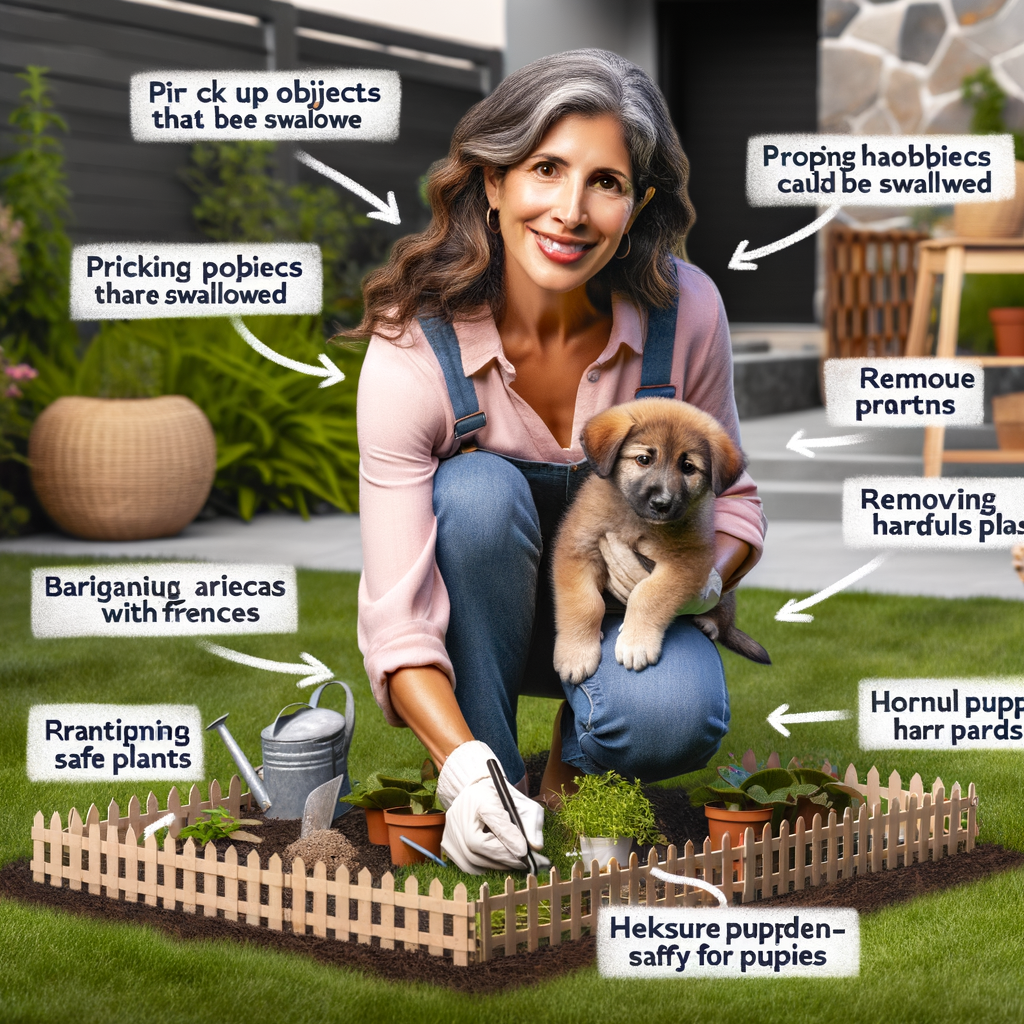
Introduction to Creating a Puppy-Proof Garden
Bringing a puppy into your home is a joyous occasion. These little bundles of energy are full of curiosity and love to explore their surroundings. One of the first places they will want to investigate is your garden. However, not all gardens are safe for puppies. This is why creating a puppy-proof garden is essential. In this article, we will discuss the importance of a safe outdoor space for puppies and the benefits of creating a dog-friendly garden.
- Importance of a Safe Outdoor Space for Puppies
Puppies are naturally curious and love to explore. They will sniff, lick, and chew anything they come across. This is how they learn about their environment. However, this can also put them at risk. Many common garden plants and materials can be harmful or even deadly to puppies. By creating a safe outdoor space, you can protect your puppy from these dangers while still allowing them to enjoy the outdoors.
- Benefits of Creating a Dog-Friendly Garden
Creating a dog-friendly garden has many benefits. First, it provides a safe place for your puppy to play and explore. This can help them burn off energy and stay healthy. Second, it can reduce the risk of your puppy getting into dangerous substances or situations. Finally, a dog-friendly garden can also be a beautiful addition to your home. With the right planning and design, you can create a space that is both safe for your puppy and pleasing to the eye.
Creating a puppy-proof garden may seem like a daunting task, but it doesn’t have to be. With a bit of knowledge and planning, you can create a safe and enjoyable outdoor space for your new furry friend. In the following sections, we will provide you with all the information you need to get started.
Understanding Puppy Safety in the Garden
When it comes to our furry friends, safety is paramount. Puppies are naturally curious and love to explore their surroundings, especially the garden. However, the garden can be a place of potential hazards for our little companions. Let’s delve into some of the common dangers that puppies might encounter in the garden.
Common Puppy Garden Hazards
There are several common hazards that can pose a risk to your puppy’s safety in the garden. Awareness of these dangers is the first step towards creating a safer environment for your pet.
- Poisonous plants: Not all plants are safe for puppies. Some plants can be poisonous if ingested by your pet. For example, lilies, azaleas, and rhododendrons are known to be toxic to dogs. It’s important to research the plants in your garden and remove any that could be harmful.
- Unsecured garden tools: Garden tools can be dangerous if left unattended. Rakes, shovels, and pruning shears can cause injury if your puppy decides to play with them. Always store your garden tools in a secure place out of your puppy’s reach.
- Unfenced water features: Ponds, pools, and fountains can be a drowning hazard for puppies. If you have any water features in your garden, make sure they are securely fenced off or covered to prevent your puppy from falling in.
By being aware of these common garden hazards, you can take steps to make your garden a safer place for your puppy to explore and play. Remember, a safe puppy is a happy puppy!
Importance of Supervision in Puppy Safety
Ensuring the safety of your puppy in the garden involves more than just puppy-proofing the area. It also requires active supervision and training. Let’s delve into the importance of these aspects.
- Monitoring Puppy’s Behavior in the Garden
Observing your puppy’s behavior in the garden is crucial. Puppies are naturally curious and love to explore their surroundings. However, this curiosity can sometimes lead them into danger. They might try to chew on harmful plants, dig up the garden, or even try to escape. By monitoring their behavior, you can intervene when necessary and prevent accidents.
- Training Puppies for Garden Safety
Training is another essential aspect of puppy safety in the garden. Teach your puppy basic commands like ‘sit’, ‘stay’, and ‘come’. These commands can be lifesavers in the garden. For instance, if your puppy is about to run into a dangerous area, a well-timed ‘stay’ command can prevent a mishap. Training also helps your puppy understand what behaviors are acceptable in the garden.
In conclusion, supervision plays a vital role in ensuring puppy safety in the garden. It allows you to monitor your puppy’s actions and intervene when necessary. Additionally, training your puppy can help prevent accidents and teach them how to behave in the garden. Remember, a safe puppy is a happy puppy!
Designing a Pet-Friendly Garden
Designing a garden that is both beautiful and safe for your puppy can be a challenging task. However, with careful planning and consideration, you can create an outdoor space that both you and your furry friend will enjoy. Let’s explore the key elements in a puppy-proof garden design.
Key Elements in a Puppy-Proof Garden Design
Creating a puppy-proof garden involves more than just picking out puppy-safe plants. It requires a holistic approach that considers all aspects of your garden from the fencing to the play areas. Here are three key elements to consider:
- Secure Fencing
One of the first things to consider when designing a pet-friendly garden is secure fencing. This will prevent your puppy from wandering off and getting lost or injured. The fence should be high enough that your puppy cannot jump over it and sturdy enough that they cannot break through it. It’s also important to ensure that there are no gaps or holes where your puppy could squeeze through.
- Puppy Safe Garden Plants
Not all plants are safe for puppies. Some can be toxic if ingested. When choosing plants for your garden, it’s important to do your research and choose plants that are non-toxic to dogs. Some examples of puppy-safe plants include sunflowers, roses, and marigolds. Always double-check with a reliable source or your vet before introducing a new plant to your garden.
- Designated Play Areas
Lastly, consider creating designated play areas for your puppy. This could be a grassy area where they can run around, a sandbox for them to dig in, or a shaded area where they can rest. Having designated play areas can help prevent your puppy from damaging other areas of the garden and can also provide them with mental and physical stimulation.
Designing a pet-friendly garden is a rewarding task that can enhance the quality of life for both you and your puppy. By considering these key elements, you can create a garden that is safe, enjoyable, and beautiful.
Examples of Pet-Friendly Garden Designs
Let’s explore some real-life examples of pet-friendly garden designs. These case studies will provide you with practical insights and ideas to create your own puppy-proof paradise.
Case Study: Urban Puppy-Proof Garden
In the heart of the city, a couple transformed their small backyard into a safe and stimulating environment for their energetic puppy. They utilized vertical space by installing secure fencing and shelves for puppy-safe plants. A designated play area was created with soft, non-toxic ground cover and a variety of puppy toys.
The garden also featured a small water feature, which not only added to the aesthetic appeal but also provided a source of fresh water for their pet. The plants chosen were all non-toxic and sturdy enough to withstand a puppy’s playful nature.
This urban puppy-proof garden is a perfect example of how, with careful planning and creative design, even a small space can be transformed into a safe and enjoyable environment for your pet.
Case Study: Rural Dog-Friendly Garden
In a rural setting, a family with a large garden redesigned their outdoor space to accommodate their new puppy. They installed secure fencing around the entire garden to ensure their pet’s safety. The garden was divided into different zones, including a large play area, a quiet resting spot, and a section for puppy-safe plants.
One of the unique features of this garden was the use of natural elements like logs and rocks to create a stimulating environment for the puppy. These elements not only added to the visual appeal of the garden but also provided the puppy with plenty of opportunities for exploration and play.
This rural dog-friendly garden demonstrates that with a bit of creativity, you can design a garden that is not only safe for your pet but also enhances the natural beauty of your outdoor space.
Puppy-Proofing Existing Outdoor Spaces
Creating a safe environment for your puppy to explore is essential. This includes puppy-proofing your outdoor spaces, particularly your garden. Here are some steps to help you make your garden a safe haven for your furry friend.
Steps to Puppy-Proof Your Garden
Ensuring your garden is safe for your puppy involves three key steps:
- Identifying potential hazards
Walk around your garden and look for anything that could potentially harm your puppy. This could include sharp objects, small items that could be swallowed, toxic plants, and areas where your puppy could get stuck or fall. Remember, puppies are curious and will explore every nook and cranny of your garden.
- Implementing safety measures
Once you’ve identified the hazards, it’s time to take action. Remove or secure any dangerous objects, and consider fencing off areas that could pose a risk. If you have toxic plants, either remove them or make sure your puppy can’t access them. Also, ensure there’s plenty of shade and fresh water available for your puppy to drink.
- Regular garden safety checks
Even after you’ve puppy-proofed your garden, it’s important to regularly check for new hazards. This could include fallen branches after a storm, or new plants that have grown. Regular checks will ensure your garden remains a safe place for your puppy to play and explore.
Remember, puppy-proofing your garden is an ongoing task. As your puppy grows and becomes more adventurous, you may need to make additional modifications to keep them safe. But with careful planning and regular checks, you can create a garden that’s both fun and safe for your furry friend.
Common Mistakes in Puppy-Proofing Outdoor Spaces
When it comes to puppy-proofing your outdoor spaces, there are several common mistakes that many pet owners make. These mistakes can put your puppy at risk and make your garden less safe for your furry friend. Let’s take a closer look at these common errors and how you can avoid them.
- Overlooking small garden items
One of the most common mistakes is overlooking small garden items. These can include pebbles, small toys, or gardening tools. Puppies are naturally curious and will often try to chew or swallow these items, which can lead to choking hazards or digestive issues. It’s crucial to keep your garden tidy and free of small items that your puppy could potentially ingest.
- Ignoring toxic plants
Another common mistake is ignoring toxic plants. Many common garden plants can be harmful or even deadly to dogs if ingested. For example, plants like lilies, azaleas, and rhododendrons are all toxic to dogs. It’s essential to research the plants in your garden and remove any that could be harmful to your puppy. If you’re unsure about a particular plant, it’s always best to err on the side of caution and remove it.
In conclusion, puppy-proofing your outdoor spaces is a crucial part of responsible pet ownership. By avoiding these common mistakes, you can create a safe and enjoyable outdoor environment for your puppy. Remember, a safe puppy is a happy puppy!
Garden Safety Tips for Puppies
Ensuring the safety of your puppy in the garden is a crucial aspect of pet ownership. With the right training techniques and a consistent approach, you can teach your puppy how to navigate the garden safely.
Teaching Your Puppy Garden Safety
Teaching your puppy garden safety is not as complicated as it may seem. It involves two primary steps: using effective training techniques and maintaining consistency in training.
- Training Techniques for Garden Safety
Training your puppy for garden safety involves teaching them to recognize boundaries, avoid certain plants, and respond to your commands. Here are some techniques you can use:
- Boundary Training: Use a leash to guide your puppy around the garden, showing them where they can and cannot go. Reward them with treats when they stay within the safe areas.
- Plant Recognition: Teach your puppy to avoid certain plants that could be harmful. You can do this by associating these plants with a negative experience, like a loud noise.
- Command Training: Teach your puppy commands like “leave it” or “stay”. This can help control their actions in the garden.
- Importance of Consistency in Training
Consistency is key in any form of training, especially when it comes to garden safety. Puppies learn through repetition, so it’s important to consistently reinforce the rules of the garden. This means repeating the training exercises regularly and rewarding good behavior every time.
Remember, every puppy is unique and may respond differently to various training techniques. It’s important to be patient and persistent. With time, your puppy will learn to navigate the garden safely and enjoy their time outdoors.
Key Takeaways for Making Garden Safe for Puppy
When it comes to ensuring the safety of your puppy in the garden, there are two key points to remember. These points are not only crucial for your puppy’s safety but also for their overall well-being and happiness.
- Importance of Regular Supervision
Just like young children, puppies are curious and love to explore. However, their curiosity can sometimes lead them into dangerous situations. This is why regular supervision is crucial when your puppy is in the garden. By keeping an eye on your puppy, you can prevent them from eating harmful plants, digging up your garden, or escaping from the yard. Remember, supervision doesn’t mean you have to be with your puppy every second. It simply means being aware of what they’re doing and where they are.
- Benefits of a Puppy-Proof Garden
Creating a puppy-proof garden is another important step in ensuring your puppy’s safety. A puppy-proof garden means removing any potential hazards, such as toxic plants, sharp objects, and small items that your puppy could swallow. Additionally, a puppy-proof garden also includes adding elements that your puppy will love, like a safe play area and chew toys. By creating a safe and enjoyable environment, you can help your puppy develop a positive association with the garden, which can aid in their training and socialization.
In conclusion, regular supervision and a puppy-proof garden are key to ensuring your puppy’s safety. By following these tips, you can create a garden that is not only safe for your puppy but also a place where they can play, explore, and grow.
Conclusion: Enjoying Your Puppy-Proof Paradise
After all your hard work, it’s time to sit back and enjoy the fruits of your labor. Your garden is now a safe haven for your puppy, and you can rest easy knowing that your furry friend is protected. But remember, maintaining a puppy-proof garden is an ongoing task. Let’s explore the benefits of your safe garden and the importance of continued commitment to puppy safety.
- Reaping the benefits of a safe garden
Creating a puppy-proof garden is not just about safety, it’s also about peace of mind. You can now watch your puppy play and explore without constant worry. Your garden is a place where your puppy can learn, grow, and have fun. Plus, a safe garden means less chance of unexpected vet visits or damage to your plants.
According to a survey, 80% of pet owners reported that creating a pet-friendly garden significantly reduced their stress levels. It also increased the quality time they spent with their pets. So, you’re not just creating a safe space for your puppy, but also a stress-free environment for yourself.
- Continued commitment to puppy safety
Remember, puppy-proofing your garden is not a one-time task. As your puppy grows and develops, their needs and behaviors will change. This means you need to regularly reassess and update your garden to ensure it remains a safe playground.
Stay informed about potential hazards and keep an eye out for any new plants or objects that could pose a risk. Regularly check fences and gates for any signs of wear and tear. And most importantly, always supervise your puppy while they’re in the garden. Your vigilance is the best protection your puppy has.
In conclusion, creating and maintaining a puppy-proof garden is a rewarding task that benefits both you and your puppy. It provides a safe environment for your puppy to play and explore, and gives you peace of mind. So, enjoy your puppy-proof paradise and the precious moments it brings.
